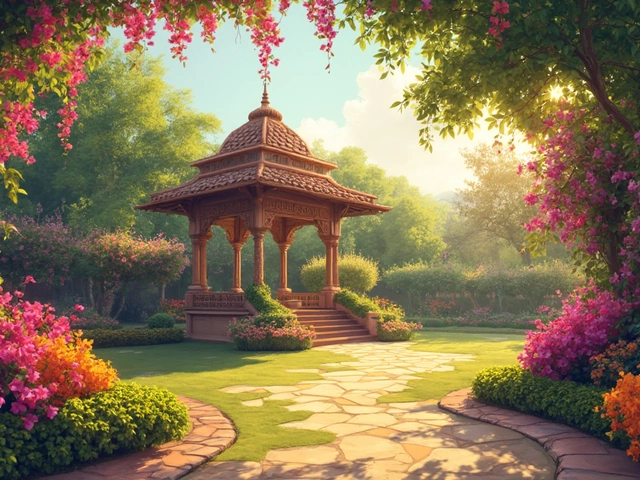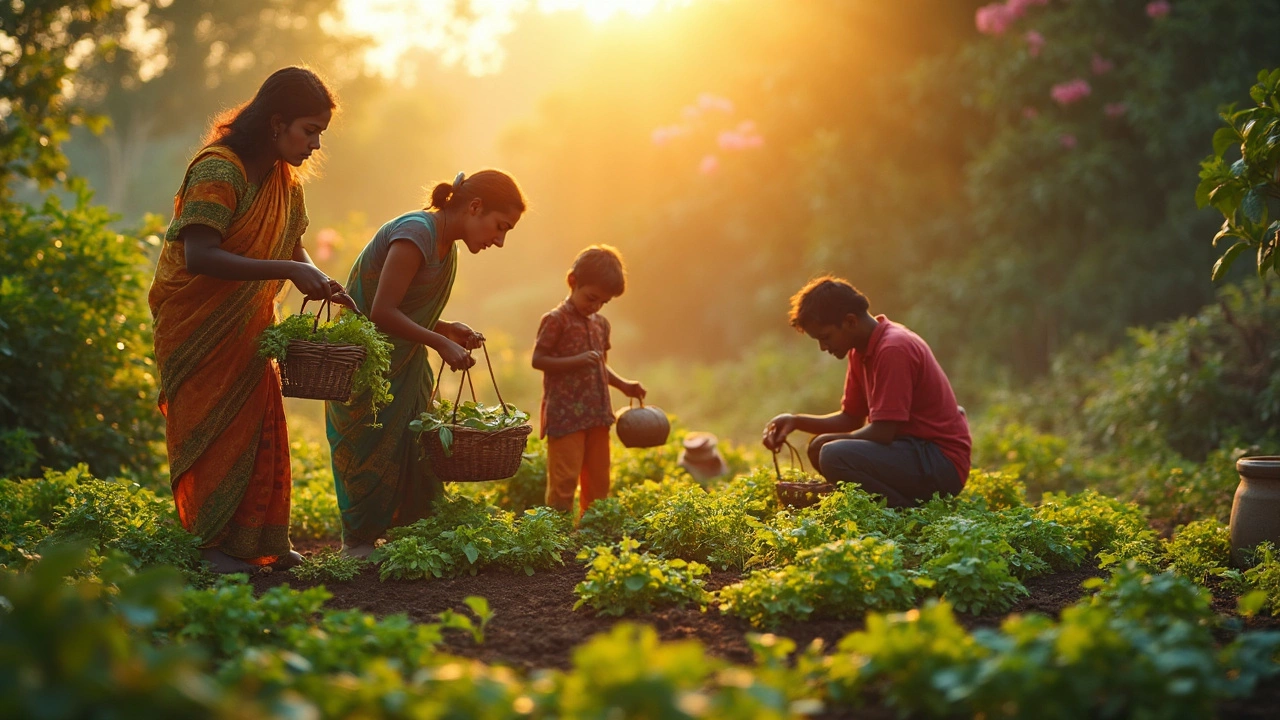Best Garden Setup: Simple Steps to Make Your Garden Thrive
Got a patch of land or a balcony and want to turn it into a garden that actually works? You don’t need a degree in horticulture – just a clear plan and a few right moves. Below we break down the must‑do actions, from preparing the soil to choosing the right watering system, so you can start seeing green growth fast.
Start with Soil and Layout
The first thing that decides whether your garden flourishes or flops is the soil. If you have heavy, compacted earth, grab some compost, sand, or well‑rotted manure and mix it in. Even a thin layer of organic matter can lighten the texture and improve drainage – think of it as giving your roots a comfy mattress.
Next, draw a quick sketch of your garden space. Keep pathways at least 30 cm wide so you can walk, weed, and reach every plant without stepping on them. For small balconies, use vertical garden ideas: hanging pots, tiered shelves, or a trellis for climbing veggies. Vertical setups let you grow more in less space and also create a green backdrop that looks great.
Watering and Plant Choices
One of the biggest mistakes gardeners make is over‑watering or watering unevenly. Drip irrigation solves both problems. Lay the drip lines a few centimeters below the soil surface – the exact depth depends on your soil type, but generally 5‑10 cm works for most Indian garden soils. A shallow burial protects the tubing from damage while still delivering water right to the root zone.
Pick plants that match your climate and the micro‑climate of your garden. In hot, dry zones, go for drought‑tolerant varieties like marigold, bougainvillea, or certain herbs. If you have a shady corner, try leafy greens, ferns, or indoor‑type houseplants that love low light. Mixing “sister plants” – for example, basil next to tomatoes – can boost yields and keep pests away without chemicals.
Don’t forget mulch. A layer of straw, shredded leaves, or coconut coir keeps soil moisture steady and reduces the need for frequent watering. It also suppresses weeds, which means less time pulling and more time enjoying your garden.
Finally, keep an eye on your garden’s health. If a leaf looks wilted, check the soil moisture first – stick a finger 2 cm deep. If it feels dry, water gently. If it’s still wet, hold off – over‑watering can cause root rot just as easily as drought.
Setting up a garden is a series of small, practical steps. Start with good soil, sketch a functional layout, install a simple drip system, choose the right plants, and protect the ground with mulch. Follow these basics, and you’ll have a garden that looks great, saves water, and feeds you for seasons to come.
Best Orientation for Your Kitchen Garden: Maximize Sunlight and Growth Success
Choosing the right orientation for your kitchen garden can make a massive difference in plant growth and harvest yields. When planning your garden, consider sunlight, wind protection, and space optimization. This article explores various positioning strategies, providing practical tips to enhance productivity. Discover how to use natural elements to your advantage and create a thriving garden.
About
Kitchen Gardening
Latest Posts
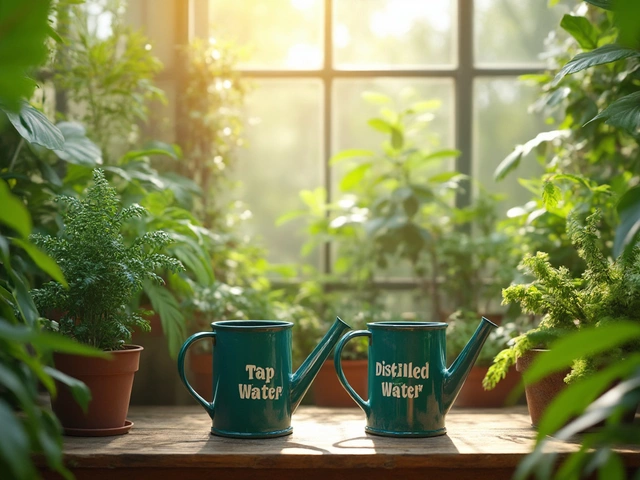
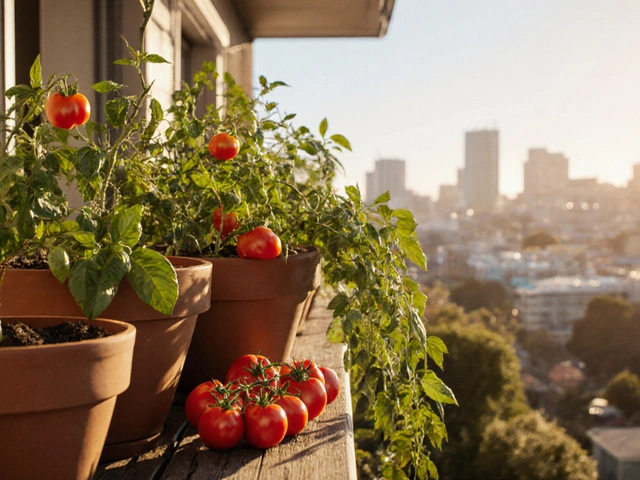
Best Balcony Garden Direction for Sunlight and Plant Growth
By Alden Thorne Nov 28, 2025
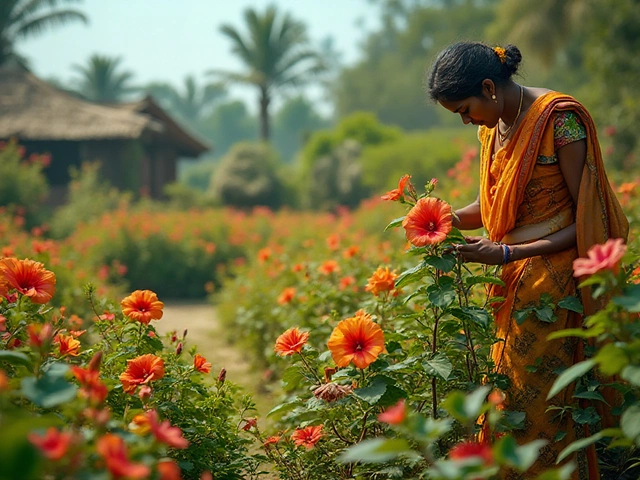
Year-Round Flowering Plants in India: A Gardener's Guide
By Alden Thorne Dec 30, 2024
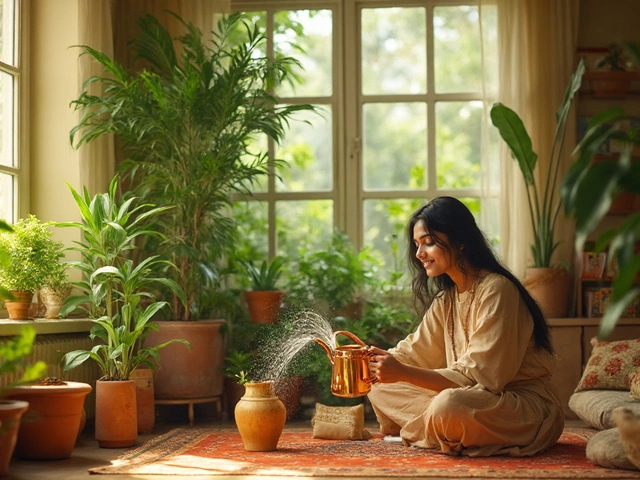
How to Take Care of Indoor Plants: Simple Tips for Thriving Houseplants
By Alden Thorne Aug 8, 2025
